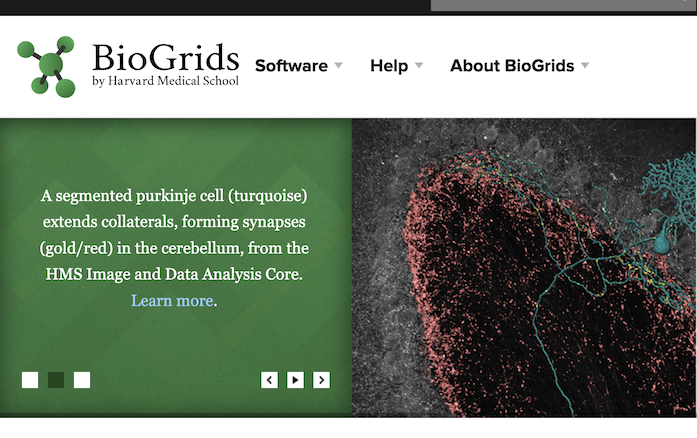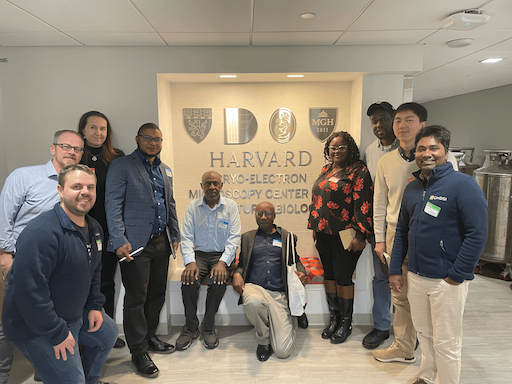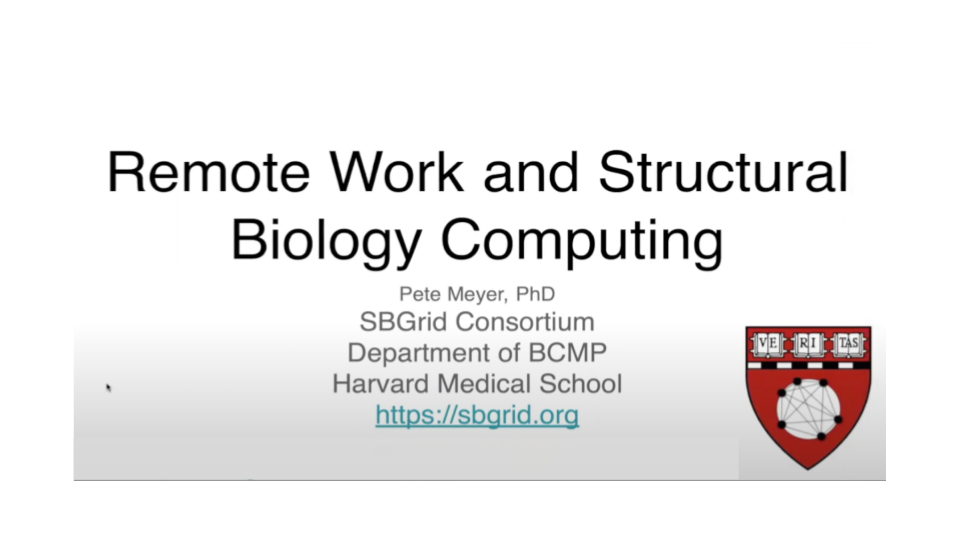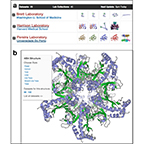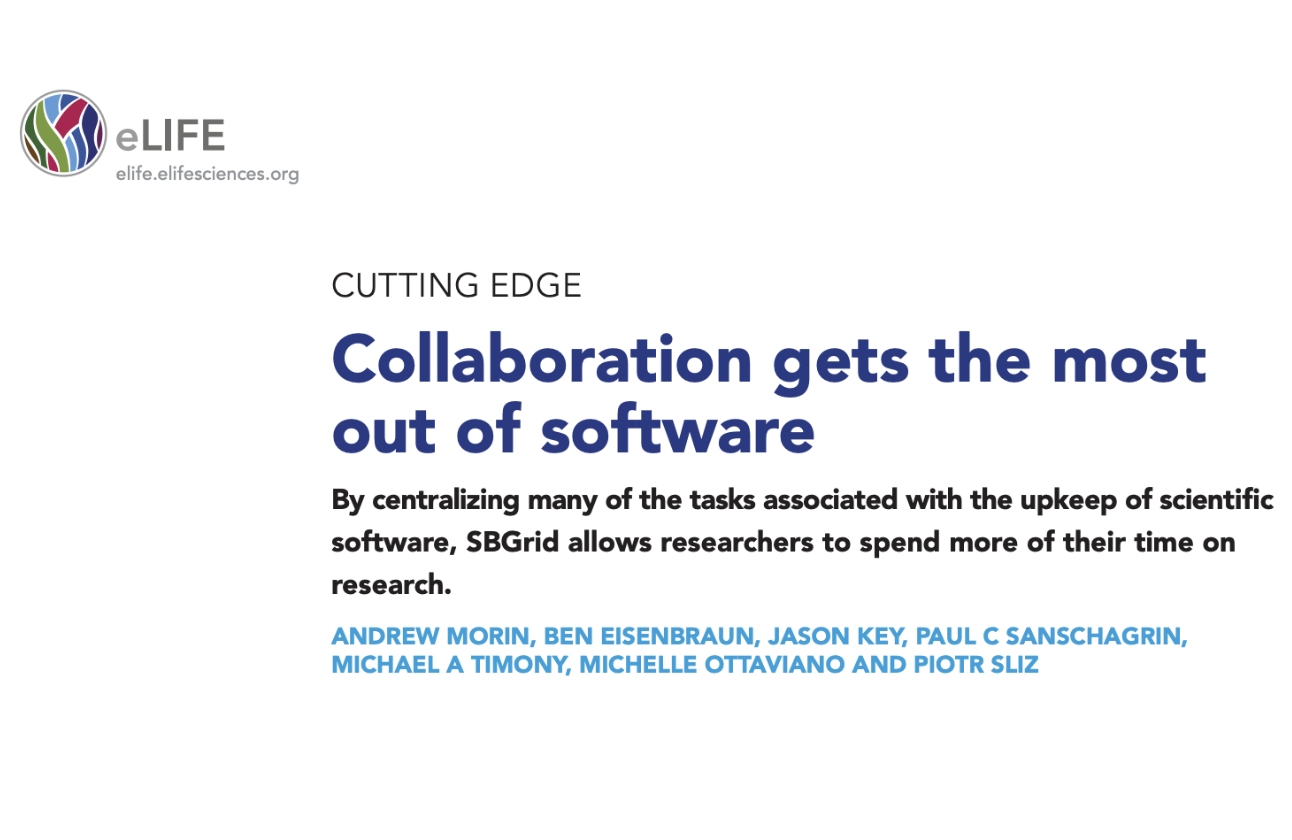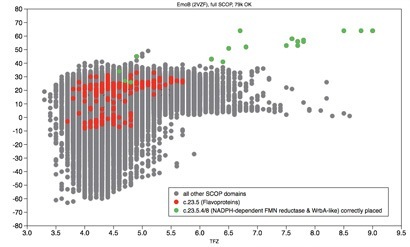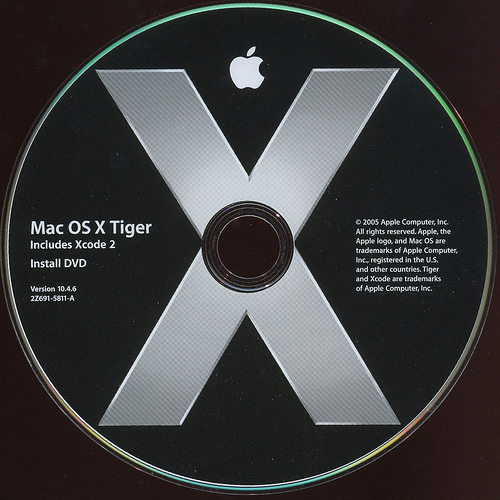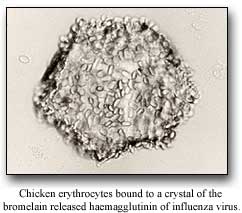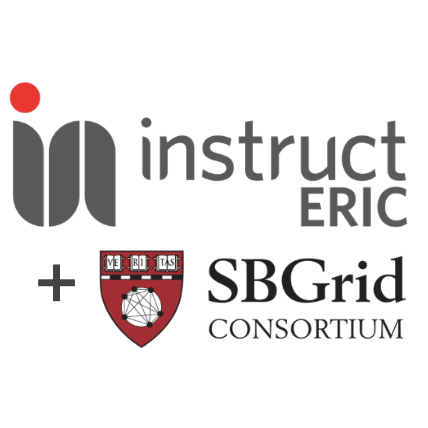
Strategic Partnership with Instruct-ERIC

SBGrid and Instruct-ERIC establish a strategic partnership to strengthen support for structural biology communities across Europe. Together, Instruct-ERIC and SBGrid will support European Members through a range of joint activities, combining their strengths to build a more connected, sustainable, and responsive infrastructure for structural biology in the region of Europe. Learn more about this strategic collaboration. Learn more

